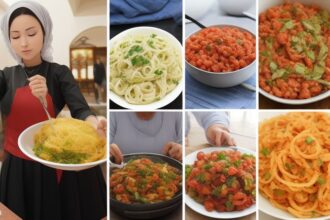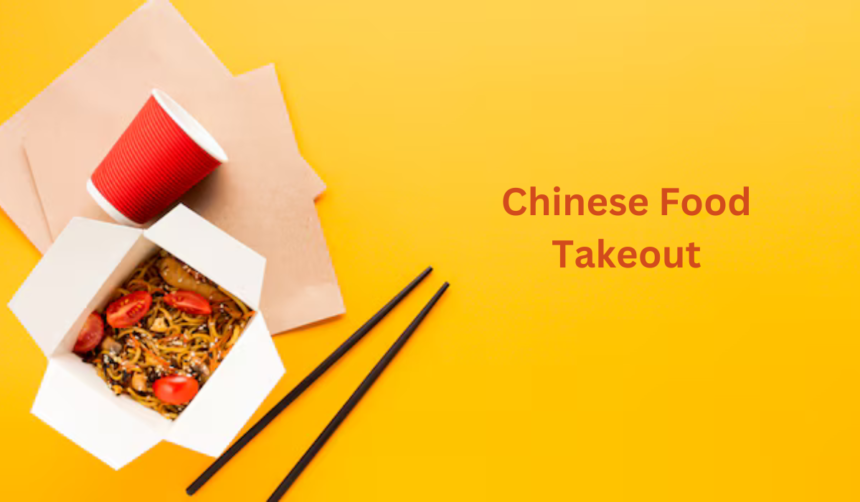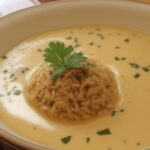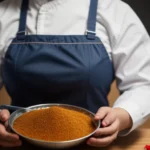Beyond Takeout: How to Create Authentic Chinese Dishes at Home
Chinese cuisine has long been a favorite for takeout and delivery options, but there’s so much more to this diverse and vibrant culinary tradition than just the familiar dishes found in your local restaurant. With the right ingredients, techniques, and a little bit of practice, you can create authentic Chinese dishes right in your own kitchen. In this article, we’ll explore how to take your Chinese cooking skills to the next level and create delicious, restaurant-quality meals at home.
1. Understanding Chinese Cuisine
Chinese cuisine is incredibly diverse, with eight distinct regional cooking styles that each have their own unique flavors and ingredients. From the spicy dishes of Sichuan to the delicate flavors of Cantonese cuisine, there’s no shortage of delicious options to explore.
2. Stocking Your Pantry
One of the keys to successful Chinese cooking at home is having the right ingredients on hand. Stock your pantry with essentials like soy sauce, rice vinegar, oyster sauce, hoisin sauce, sesame oil, and chili paste. You’ll also want to have staples like garlic, ginger, scallions, and Chinese five-spice powder.
3. Choosing the Right Tools
Having the right tools can make a big difference in your Chinese cooking. Invest in a wok, a bamboo steamer, and a good quality cleaver to make your cooking experience easier and more authentic.
4. Mastering Chinese Cooking Techniques
Chinese cooking relies on a few key techniques that are essential for achieving the right textures and flavors. Stir-frying, steaming, and braising are all common methods used in Chinese cuisine, so it’s important to practice and perfect these techniques.
5. The Art of Stir-Frying
Stir-frying is a popular cooking method in Chinese cuisine that involves quickly cooking ingredients in a hot wok. The key to successful stir-frying is to have all of your ingredients prepped and ready to go before you start cooking, as things move quickly once you get started.
6. Perfecting Steaming
Steaming is a healthy and delicious way to prepare Chinese dishes, as it retains the natural flavors and nutrients of the ingredients. Invest in a bamboo steamer and learn how to properly steam vegetables, dumplings, and meats for a true taste of authentic Chinese cuisine.
7. Exploring Flavors and Ingredients
Chinese cuisine is known for its bold flavors and unique ingredients, so don’t be afraid to experiment with new flavors and combinations. Try incorporating ingredients like Sichuan peppercorns, black vinegar, and fermented soybean paste into your dishes for an authentic taste of China.
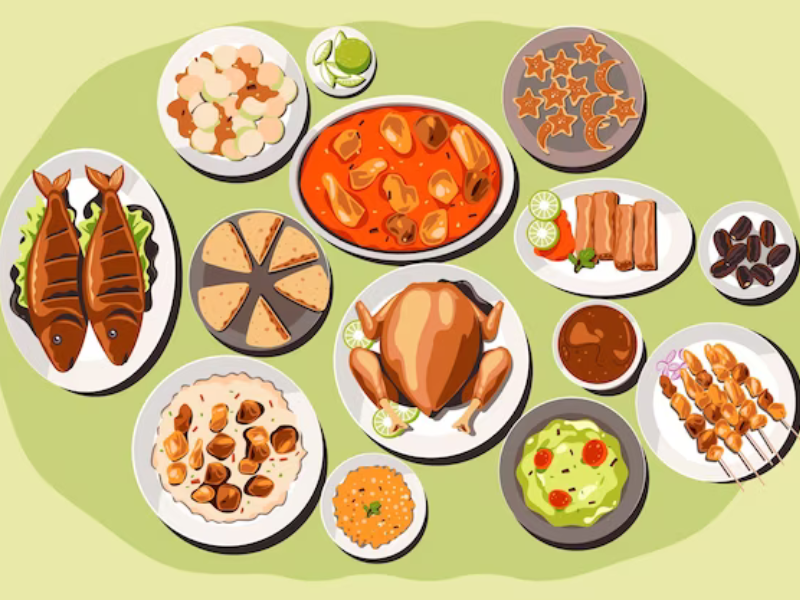
8. Embracing Regional Cuisine
Each region of China has its own unique culinary traditions, so take the time to explore the flavors of different regions in your own cooking. Try dishes like Peking duck from Beijing, hot pot from Sichuan, or dim sum from Guangdong to experience the diverse and delicious tastes of China.
9. Incorporating Seasonal Ingredients
Chinese cuisine places a strong emphasis on using fresh, seasonal ingredients in cooking. Take advantage of seasonal produce like bok choy, snow peas, and shiitake mushrooms to create dishes that are both flavorful and nutritious.
10. Perfecting Homemade Dumplings
Dumplings are a staple in Chinese cuisine and are a fun and delicious dish to make at home. Learn how to make your own dumpling wrappers and experiment with different fillings like pork, shrimp, and vegetables for a tasty and authentic meal.
11. Creating Flavorful Sauces
Sauces are an important component of Chinese cooking, adding depth and complexity to dishes. Learn how to make your own sauces like sweet and sour, black bean, and hoisin to elevate your dishes and give them that authentic Chinese flavor.
12. Navigating Chinese Ingredients
Chinese cuisine utilizes a wide range of unique ingredients that may be unfamiliar to Western cooks. Take the time to familiarize yourself with ingredients like goji berries, lotus seeds, and dried tangerine peel to incorporate them into your cooking and add depth and complexity to your dishes.
13. Pairing Chinese Dishes with the Right Drinks
Chinese cuisine is incredibly varied, so it’s important to choose the right beverages to complement your dishes. Pair spicy Sichuan dishes with a cold beer, sip on a fragrant oolong tea with dim sum, or enjoy a glass of rice wine with a seafood stir-fry for a truly authentic Chinese dining experience.
14. Honing Your Knife Skills
Knife skills are an important part of Chinese cooking, as many dishes require finely chopped ingredients for a consistent and delicious outcome. Practice your chopping, slicing, and dicing techniques to ensure that your dishes turn out perfectly every time.
15. Celebrating Chinese Culture Through Food
Cooking authentic Chinese dishes at home is not just about creating delicious meals – it’s also a way to celebrate and honor Chinese culture. Take the time to learn about the rich culinary traditions of China and share the joy of Chinese cuisine with friends and family through your cooking.
Conclusion
In conclusion, creating authentic Chinese dishes at home is a rewarding and enjoyable experience that allows you to explore the diverse and delicious flavors of Chinese cuisine. By stocking your pantry with the right ingredients, mastering essential cooking techniques, and embracing the regional traditions of China, you can take your Chinese cooking skills to the next level and create restaurant-quality dishes right in your own kitchen. So next time you’re craving Chinese food, skip the takeout and try your hand at creating your own authentic Chinese feast at home. Happy cooking!
FAQs about “Beyond Takeout: How to Create Authentic Chinese Dishes at Home”
- What makes “Beyond Takeout: How to Create Authentic Chinese Dishes at Home” a valuable resource for cooking enthusiasts? This book provides a comprehensive guide to creating authentic Chinese dishes at home, offering insights into traditional ingredients, cooking techniques, and cultural nuances that elevate Chinese cuisine beyond takeout.
- Which aspects of Chinese cuisine are covered in this book? “Beyond Takeout” covers a wide range of aspects of Chinese cuisine, including regional specialties, staple ingredients, essential cooking techniques, and the cultural significance of food in Chinese society.
- Are specific Chinese dishes featured in this culinary guide? Yes, this book features a curated selection of authentic Chinese dishes that represent the diversity and depth of Chinese gastronomy. From Sichuanese spicy stir-fries to Cantonese dim sum and Shanghainese noodles, readers will discover a wealth of flavors and textures.
- How does this book empower readers to create authentic Chinese dishes at home? This book empowers readers to create authentic Chinese dishes at home by providing step-by-step instructions, cooking tips, and recipe variations that cater to different tastes and skill levels. It also includes guidance on sourcing authentic ingredients and mastering essential cooking techniques.
- Can readers expect to gain insights into the cultural context and culinary traditions of Chinese cuisine from this book? Absolutely! “Beyond Takeout” provides readers with insights into the cultural context, historical influences, and regional variations that shape Chinese cuisine. Whether you’re a novice cook or a seasoned chef, this book offers a deeper understanding of the rich culinary heritage of China.
Advantages:
- Practicality: The title “Beyond Takeout: How to Create Authentic Chinese Dishes at Home” appeals to readers interested in cooking Chinese cuisine by promising to teach them how to recreate authentic dishes in their own kitchens.
- Culinary Exploration: By going “beyond takeout,” the title encourages readers to explore the depth and variety of Chinese cuisine, fostering a deeper appreciation for its regional flavors, ingredients, and cooking techniques.
- Educational Value: Readers can expect to learn about the authentic ingredients, seasonings, and cooking methods used in Chinese cuisine, providing them with valuable knowledge to enhance their culinary skills.
- Cultural Appreciation: The title promotes cultural appreciation by encouraging readers to learn about and celebrate Chinese culinary traditions, inviting them to experience the richness and diversity of Chinese gastronomy.
- Inspiration for Cooking: The title may inspire readers to experiment with Chinese recipes in their own kitchens, encouraging culinary creativity and exploration of Chinese culinary heritage.
Disadvantages:
- Authenticity Concerns: Without proper guidance or access to authentic ingredients, readers may struggle to recreate truly authentic Chinese dishes at home, potentially leading to inauthentic culinary experiences.
- Cultural Appropriation: Without proper context and understanding, attempting to create authentic Chinese dishes at home could risk appropriating cultural elements without acknowledging their significance or respecting their origins.
- Complexity: Authentic Chinese cooking often requires intricate techniques and specialized equipment that may be challenging for home cooks to replicate, potentially discouraging some readers from attempting the recipes.
- Accessibility of Ingredients: Some authentic Chinese ingredients may be difficult to find outside of China or major culinary hubs, limiting the practicality of the recipes for some readers.
- Audience Engagement: While the title appeals to readers interested in cooking authentic Chinese dishes at home, it may not attract those seeking a more casual or simplified approach to Chinese cuisine, potentially limiting its audience appeal.





